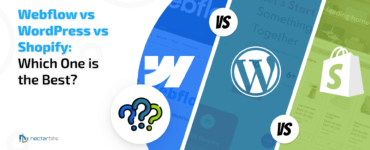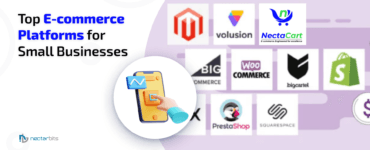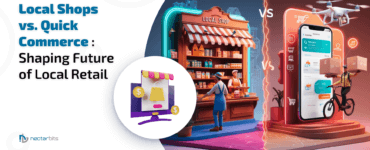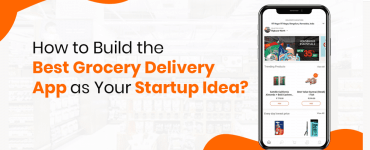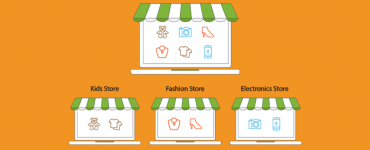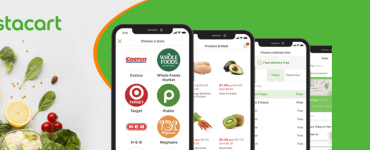B2B Ecommerce Pricing: Know How Pricing Strategies Work and The Mistakes to Avoid
We have reached the end of the third quarter when businesses start looking at sales and revenue. This time of the year showcases how the plans work out and the things that need to improve for the betterment of the businesses. Do you think plans haven’t worked out as expected? If so, it’s time to rethink the pricing strategy.
The B2B pricing is about setting the prices of goods or services for marketing or selling them to other businesses. Setting the price is a crucial process for B2B businesses because of the longer sales cycles, workflow approval involvement, high-ticket price of the products purchased in bulk, and other things. It means that B2B businesses cannot copy the pricing strategies. Instead, they need to decide the pricing strategies tactically to gain an edge in the market.
Read More: Types Of E Commerce Business Models
Top 10 B2B Ecommerce Pricing Strategies That Works For Products
The pricing strategy for products depends on several factors such as product differentiation, branding, customer segmentation, customer loyalty, and more. There are various strategies available, but deciding which works for your business is a little tricky. That’s why here, we have described the pricing strategies along with their pros and cons which helps in knowing whether they are a perfect fit or not.
Value-based pricing
It’s about how much customers value the products and products’ benefits. For instance, Louis Vuitton- the clothing brand is considered a luxury brand because of the consistency found in customers’ purchases. That’s why the brand charges a high price for the quality it delivers.
When the brand realizes that the product has created appeal in the market or people are looking for the same product, then they can set a high price for the products, which in turn, increases the profits. Start-ups can consider value-pricing only when they have an in-depth understanding of the target market, target customers, and competition.
Competition-based pricing
Competition research is the basis of this pricing strategy. The companies with similar products in the market keep their products’ prices reasonable in comparison to the competition and attempt to take a lead via branding. For instance, Pepsi and Coca-cola brands offer similar products at similar prices, but they leverage marketing, promotions, and branding to win customers.
Read more: Understanding Mobile App Development Cost
This strategy is used by companies that have started selling the product in a saturated market, where branding and marketing efforts can differentiate the product. It’s simple to incorporate, but opportunities get missed because of the high emphasis on the brand.
Cost-based pricing
This model involves deciding the product price by calculating the manufacturing, distribution, and marketing cost. The markup price is added to the total cost, which is termed cost-based pricing. It’s a common phenomenon in Ecommerce mobile app stores where they purchase products at the whole price and then sell it at the retail price.
Cost-based pricing is used by brands when they launch a new product in the market with little to no research. The product selling with cost-based pricing helps in gaining data and building another pricing strategy. It’s beneficial in the sense of determining a new price for a product that’s not been established yet. Sometimes, overpricing or underpricing are the common causes associated with the product’s cost-based pricing strategy.
Elasticity-based pricing
Elastic pricing is about changes in product demand that are inversely proportional to the price. If the product demand increases, the price will surge, and if the price increases, the product demand gets dropped. For instance, when the first smartphone launched, the prices were high, but still, the iPhone series prices are increasing and the demand too.
The elastic prices are changed less often because this pricing strategy is considered by the companies when they are selling a commodity.
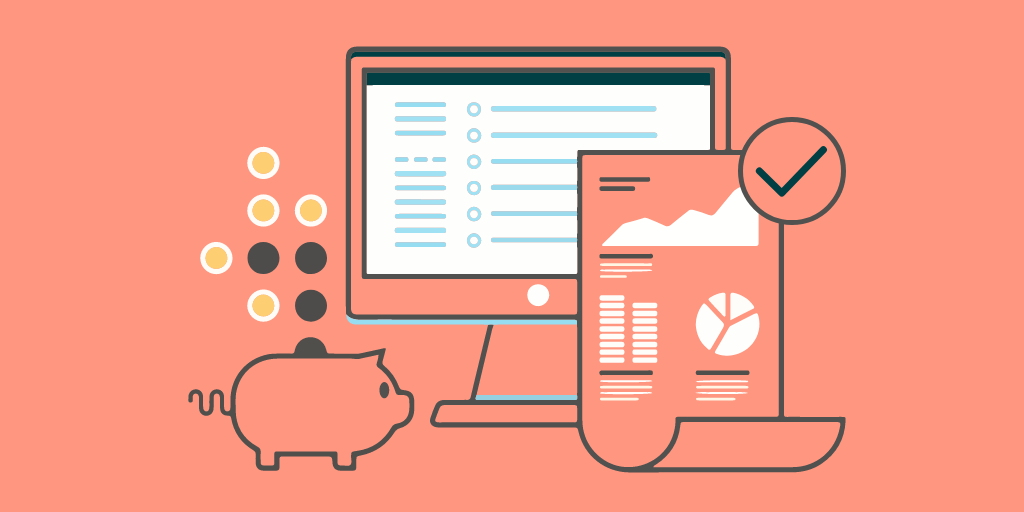
Customer-specific pricing
Not all the customers are the same for the B2B Ecommerce Website Development. Some buyers are start-ups and mid-sized companies, while others may be institutions and large corporations. The type of customer has a direct relation with the volume of product and the frequency at which they purchase. It indicates the B2B stores need to segment the customers and then fix the pricing strategy to cover all the customers under the hood.
Product bundling
The product bundling pricing strategy involves bundling the products in one package, that’s priced quite lower as compared to the total cost of the products when priced individually. It’s a great way to draw the customers’ attention and sell more products to them. Remember, the combo packages are sold at Amazon with a sensible combination of products, which costs lower when each product is sold separately.
Predatory pricing
The B2B stores that want to undercut the competitor by selling the items at a lower price than the actual value prefers a predatory pricing strategy. Although brands take unfair market advantage, it helps in eliminating competitors. However, it’s considered illegal when companies try to monopolize the market. For instance, vendors on Amazon frequently lower the price to beat the competition or sell out the inventory at speed.
Read more: Technology Stack for E-commerce Websites
Limited time pricing
The E-commerce stores use this pricing strategy to create a sense of urgency in the customers to make the purchase instantly. Also, it’s used for products that are low in quantity and high in demand, so to maintain an equilibrium, the prices are increased by a high fraction. The best instance of it is launching a new product in the market with its access to invite-only customers and then allowing product access to the public till the price gets stabilizes.
Freemium pricing
The products/services are not sold for free. Instead, the product with MVP features access is provided at no cost, and then customers are asked to avail of the additional features and benefits for extra dollars. Different pricing structures are defined for a distinct set of advanced features. For instance, Shopify enables trial access for 15 days, and if the companies get convinced, they continue using the platform and unlock additional features by choosing any of the plans.

10 eCommerce Pricing Mistakes That You Should Avoid
Employing the set it and forget it strategy
Pricing is cited as an important factor for B2B companies, but most of the companies ignore the same. They give more credence to marketing and product enhancements. However, they are important, but pricing impacts the business’s success as the customers’ purchase decision is highly influenced by the pricing factor. Don’t consider pricing as an afterthought. Otherwise, your store will become an afterthought for your customers.
Ecommerce PricingNot evaluating the Ecommerce Pricing strategy
Continuously testing the performance of the pricing strategy is all-important to see how the current pricing strategy is working. The businesses not experimenting with pricing and not conducting A/B testing won’t able to appeal to the customers. It’s essential to optimize the pricing strategy to figure out what customer wants and how much they want to pay based on the changing preferences, trends, and market conditions.
Providing unbalanced pricing options
The pricing tiers creation is vital to meet the needs of various buyer personas. Sometimes stores provide too many pricing tiers that confuse the customers or provide too few options like- one or two that won’t get aligned with customers’ needs and offer a single point to capture revenue. If your store doesn’t offer the right number of pricing tiers, you should realign the tiers in a balanced way to deliver an optimal experience to the customers.
Read more: Aggregator Model Transforming Ecommerce Industry?
Unnecessary discounts are irreversible
The companies try to capture maximum eyeballs at first glance and at the time of renewal with high discounts. The high incentivization during renewals is not a good practice and even sets a bad expectation of getting a discount every time. It’s difficult to reverse the condition. The attempt of increasing customer satisfaction leads to a cause of dissatisfaction and hurts the business profits. Listen to customers and offer exceptional customer support that improves customer satisfaction.
Lacks transparency
The leading brands keep the products at high prices, and customers willingly pay a large amount because they know the product’s value. If your store keeps high prices, you need to demonstrate- why the brand is charging a huge amount. Staying transparent in showcasing product value help in winning the customers’ trust and making them interested in the product.
Focusing on the lowest only
Sometimes, the stores lower the price to a point that eliminates the competition and starts the race with the bottom players. This is not a good practice because it already results in negative ROI and may kill the business. On the other hand, experimenting with various pricing strategies and using A/B testing for performance analysis helps in finding the sweet spot for the business.
Takeaway
B2B Ecommerce stores can set the business for success by getting the pricing strategies right and avoiding the pitfalls that prevent them from making bundles. There is no holy grail of pricing strategies, which fixes all the pricing-related problems that eCommerce stores face. The Ecommerce store should not focus only on B2B eCommerce store development solutions instead, gather customers’ data, experiment with pricing strategy, perform A/B testing, and then build the strategy that fits the bills. Fine-tuning the store with the right pricing strategy can make the business shine in the competitive landscape. All the best!




